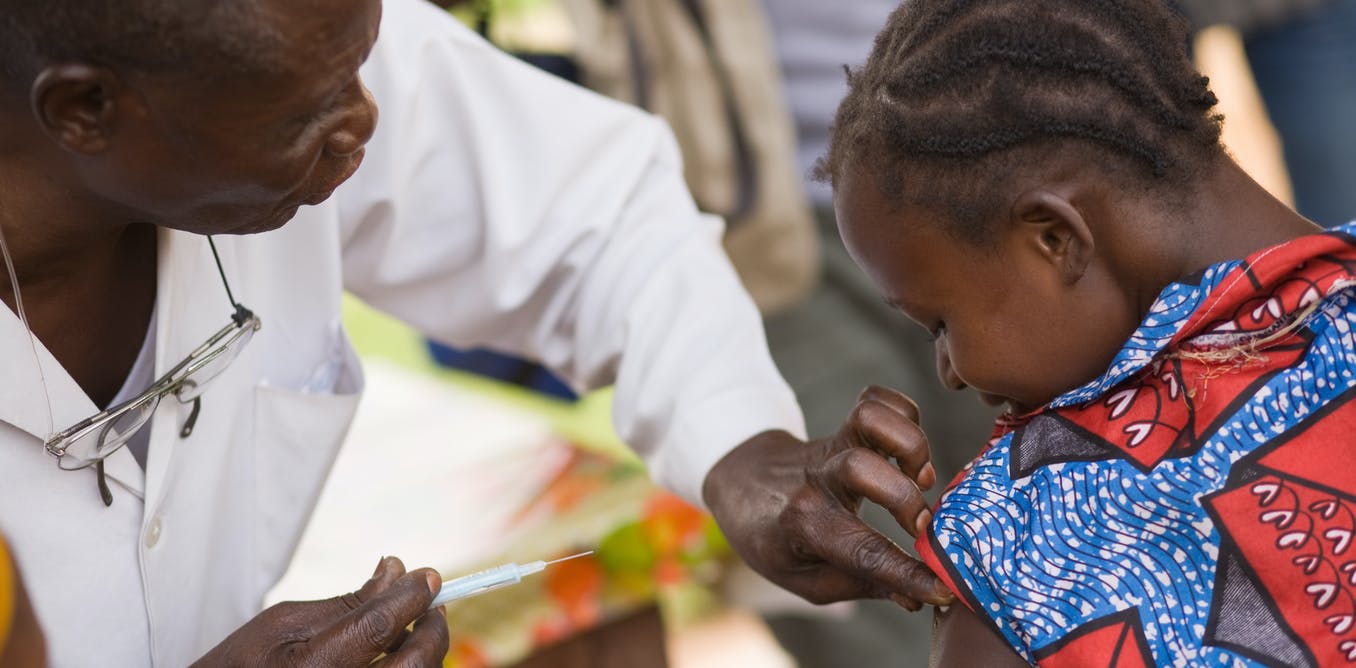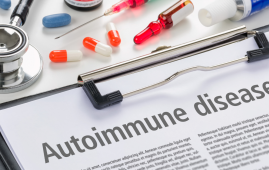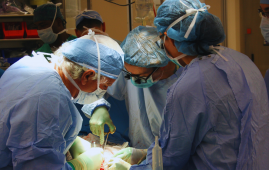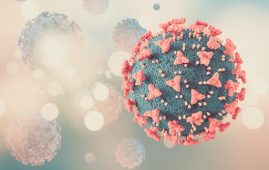

As modern medicine has advanced, so too has our understanding of what affects health. Over recent decades this has generated a number of new fields in medicine. One of the most important that has been born out of the latest generation is social medicine. It studies how social and economic factors help determine our health, specifically inequalities within societies that negatively influence health outcomes.
Similar to primary health care, social medicine prioritizes health equity and promotes a broad view of health, multi-sectoral action, and the participation of communities. Both significantly contribute to progress in improving health equity.
COVID-19 has placed a spotlight on the field of social medicine. It has done so by showing up inherent injustices in society. An example is a fact that African-American and Native American communities in the US are experiencing disproportionate COVID-19 deaths. The result is that more people are beginning to argue that social medicine should take center state in the medical community. But the argument towards a more progressive approach to healthcare is also being met with criticism by those who still cling to the traditional model of medicine.
The argument has come to head over approaches to medical education.
The main argument against a ‘social medicine’ orientation in medical education is that it comes at the expense of “practical preparation” in areas like pandemic response and disaster preparedness. In a recent article a professor of medicine, Stanley Goldfarb, went as far as to argue that social medicine should be removed from “the traditional American model of medical training.”
We are firmly in the camp of those who believe that social medicine is an integral part of the formation of health care professionals. We strongly believe that our trainees and graduates need to be content experts and “practitioners”. But that they also need to understand the social determinants of health and diseases.
Both are necessary for an integral understanding of any major health challenges – including pandemics.
Our view is that it’s not a question of social medicine at the expense of emergency medicine. This is a false dichotomy. Increasingly research has shown that a multi-sectoral approach is needed to deliver effective healthcare. Clinicians should understand how factors such as poverty, food insecurity, and racism have an impact on the population’s health. This is particularly true for the most vulnerable.
Consider this example: it’s not uncommon in many developing countries to see a malnourished child get admitted to a hospital with serious complications. They receive appropriate care – including food – recover significantly and are discharged in a very good state. But they are then readmitted with the same condition.
The “treatment” of this child is not only the hospital-based administration of the food and medicine. It goes far beyond to food security, safe water provision, environmental health, and other determinants of health and disease.
Both lenses are needed
Doctors should be trained in emergency and critical care. They should also be trained in social medicine. Missing out on either renders responses inadequate.
One danger of a one-track approach to medical education is that it creates technically capable physicians who are dangerously unaware of the numerous factors that determine health on the individual, community, and global level.
This makes them ill-prepared for the reality of clinical experience.
The reality is that an application of both social justice and a bio-social lens, which focuses on how social factors influence health, are needed to understand how different groups are uniquely affected by an event such as the current pandemic, how they access existing health services, and how this, in turn, can affect a nation’s pandemic preparedness and response.
For example, in the US the coronavirus is disproportionately affecting African Americans. In US hotspot Louisiana, more than 70% of COVID-related deaths have been among black Americans, despite making up only 33% of the population, according to the Louisiana Department of Health.
Health professionals need to understand why. One reason could be the well-documented mistrust of the US health sector, which has, in the past, compromised public health responses. This has been also documented in other parts of the world, such as during outbreaks of tuberculosis, preventing the spread of HIV in Africa, and efforts to contain Ebola outbreaks.
Why social justice matters
The experience of COVID-19 has been a case study in why medical students need exposure to more, not less, social justice issues.
There is a reason why medical schools globally are adopting these principles of social medicine, and why students encounter patients before they graduate.
It comes back to the problem that has plagued the success of multiple health policies over time; how can you design and implement health systems, or treat patients, without understanding the historical, social, geographic, and political circumstances of those you are serving?
An effective pandemic response can’t be separated from the how or the why of its arrival, the factors contributing to its transmission, or its devastating after-effects.
Concentrating only on fundamental classroom training puts a metaphorical plaster on the wound, and simply awaits the next graze on the knee. Understanding how and why these diseases come to fruition avoids taking these learnings into the future and protects millions of lives.
Putting patients at risk
From our experience as health practitioners and health educators, medical education that is not patient-centered and pinned around social medicine puts patients at risk.
Of course, the world needs physicians “who are better prepared to help battle deadly pandemic diseases like COVID-19”. But students also need enough bio-social tools and social justice training to prevent, respond and disaggregate the burden of pandemics in a way that’s inclusive of everyone. And consequently, benefit entire societies.
Not doing this increases the risk for all – even those who have the privilege of accessing care.
Only by training a new generation of physicians who can look beyond medical charts and see the bigger picture can we be prepared for the next pandemic – and any other health challenge we will face in the future.
more recommended stories
 Safer Allogeneic Stem Cell Transplants with Treg Therapy
Safer Allogeneic Stem Cell Transplants with Treg TherapyA new preclinical study from the.
 Autoimmune Disorders: ADA2 as a Therapeutic Target
Autoimmune Disorders: ADA2 as a Therapeutic TargetAdenosine deaminase 2 (ADA2) has emerged.
 Kaempferol: A Breakthrough in Allergy Management
Kaempferol: A Breakthrough in Allergy ManagementKaempferol, a dietary flavonoid found in.
 Early Milk Cereal Drinks May Spur Infant Weight Gain
Early Milk Cereal Drinks May Spur Infant Weight GainNew research published in Acta Paediatrica.
 TaVNS: A Breakthrough for Chronic Insomnia Treatment
TaVNS: A Breakthrough for Chronic Insomnia TreatmentA recent study conducted by the.
 First-of-Its-Kind Gene-Edited Pig Kidney: Towana’s New Life
First-of-Its-Kind Gene-Edited Pig Kidney: Towana’s New LifeSurgeons at NYU Langone Health have.
 Just-in-Time Training Improves Success & Patient Safety
Just-in-Time Training Improves Success & Patient SafetyA study published in The BMJ.
 ChatGPT Excels in Medical Summaries, Lacks Field-Specific Relevance
ChatGPT Excels in Medical Summaries, Lacks Field-Specific RelevanceIn a recent study published in.
 Study finds automated decision minimizes high-risk medicine combinations in ICU patients
Study finds automated decision minimizes high-risk medicine combinations in ICU patientsA multicenter study coordinated by Amsterdam.
 Study Discovers Connection Between Omicron Infection and Brain Structure Changes in Men
Study Discovers Connection Between Omicron Infection and Brain Structure Changes in MenA recent study in the JAMA.

Leave a Comment